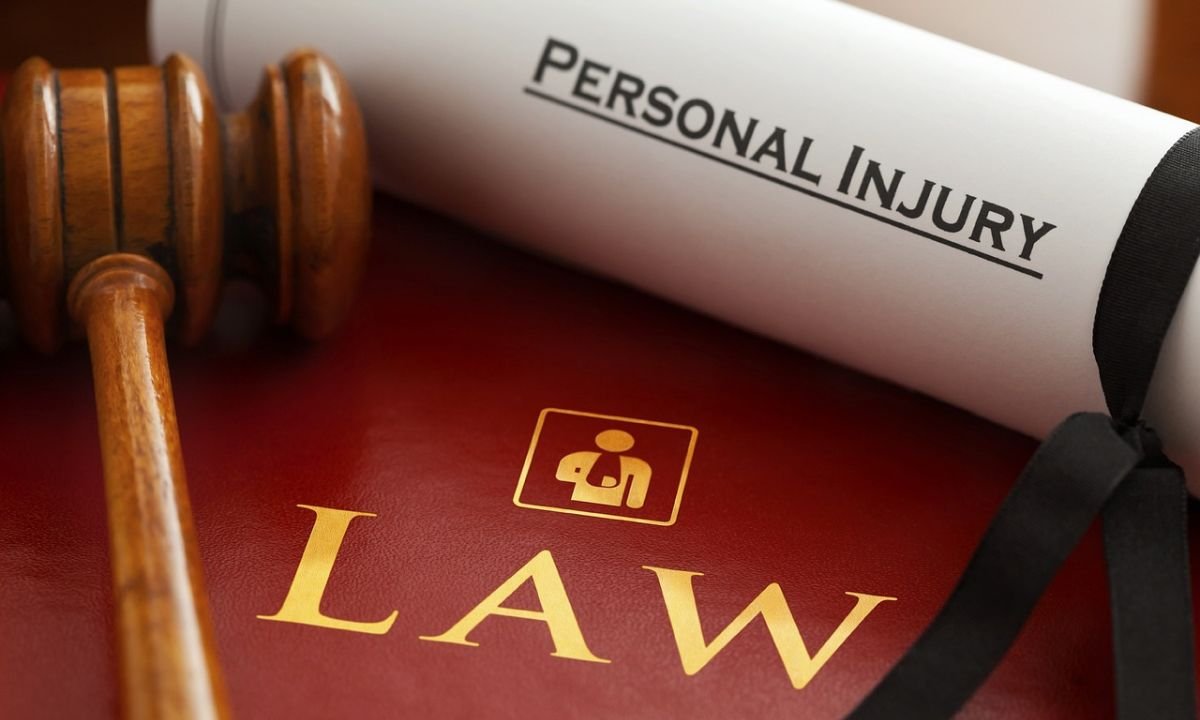Introduction
When it comes to personal injury claims, many factors can influence the outcome of a case and the amount of compensation a plaintiff might receive. One such critical factor is the concept of comparative negligence. This principle plays a significant role in determining the liability and the eventual compensation that can be awarded. Understanding comparative negligence is vital for anyone involved in a personal injury case, as it directly impacts the legal strategies employed and the potential recovery of damages. This article delves into comparative negligence, its different types, its application across various states, and its effect on compensation in personal injury cases.
Understanding Comparative Negligence
Comparative negligence is a legal doctrine used to assign responsibility in accidents where more than one party is at fault. In essence, it acknowledges that multiple parties can contribute to the cause of an accident and apportion the blame accordingly. This doctrine plays a pivotal role in personal injury cases, affecting not only liability but also the amount of compensation a plaintiff may be entitled to. For those navigating the complexities of a personal injury claim, understanding how comparative negligence might be used in their case or consulting with professionals like Killian, Davis, Richter, & Fredenburg, PC, can be essential in devising an effective legal strategy.
Types of Comparative Negligence
There are primarily two types of comparative negligence systems: pure and modified. Each system approaches the assessment of fault differently, affecting the damages a plaintiff can recover.
Pure Comparative Negligence
Under this system, a plaintiff can recover damages even if they were 99% at fault for the incident. However, the compensation awarded will be reduced by their degree of fault. For instance, if a court determines that a plaintiff is entitled to $100,000 in damages but is 40% at fault, they would receive $60,000.
Modified Comparative Negligence
This system is further divided into the 50% Bar Rule and the 51% Bar Rule. In the 50% Bar Rule, a plaintiff can only recover damages if they are less than 50% at fault. Meanwhile, the 51% Bar Rule allows for recovery only if the plaintiff is 50% or less at fault. In both cases, the plaintiff’s compensation is proportionally reduced according to their share of fault.
State-Specific Rules
Comparative negligence statutes vary from state to state, affecting how personal injury cases are evaluated and resolved. Some states adhere to the pure comparative negligence system, while others have adopted one of the modified systems. Understanding the specific rules in your state can provide insight into potential legal strategies and outcomes.
Plaintiffs must be aware of their state’s approach as it dictates how much they can pursue compensation.
Evaluating Comparative Negligence in Cases
Determining the degree of fault in personal injury cases involving comparative negligence is a nuanced process. It typically involves thoroughly investigating the incident, gathering evidence, and sometimes expert testimony to establish each party’s actions and decisions leading to the accident.
Attorneys play a crucial role in this evaluation, analyzing traffic citations, witness statements, and expert analyses to build a compelling case. The aim is to minimize the client’s attributed negligence and maximize their compensation. The nature of the accident—whether a vehicle collision, slip-and-fall, or medical procedure—can also significantly affect how negligence is assessed.
Impact on Compensation
Understanding and accurately applying the principles of comparative negligence can dramatically influence the compensation awarded in a personal injury case. The greater the plaintiff’s contributory fault, the more diminished their recovery will be. This is why gathering comprehensive evidence and employing expert legal representation is imperative.
Plaintiffs should be mindful of tactics the opposing party might use to inflate their degree of fault, a common strategy to reduce liability. Ensuring a robust rebuttal with factual evidence and legal reasoning is essential. Moreover, understanding your state’s adoption of comparative negligence rules will inform realistic expectations regarding potential compensation outcomes.
Conclusion
Comparative negligence is a pivotal element in personal injury law, influencing both liability and the extent of recoverable damages. Understanding how these negligence laws work within your jurisdiction, you can better prepare to navigate personal injury claims. Whether dealing with pure or modified negligence, being informed and having expert legal support can significantly enhance your prospects for a fair resolution. Preparedness and insight are key, as well as ensuring you can advocate for your rights and entitlements effectively when circumstances demand.











